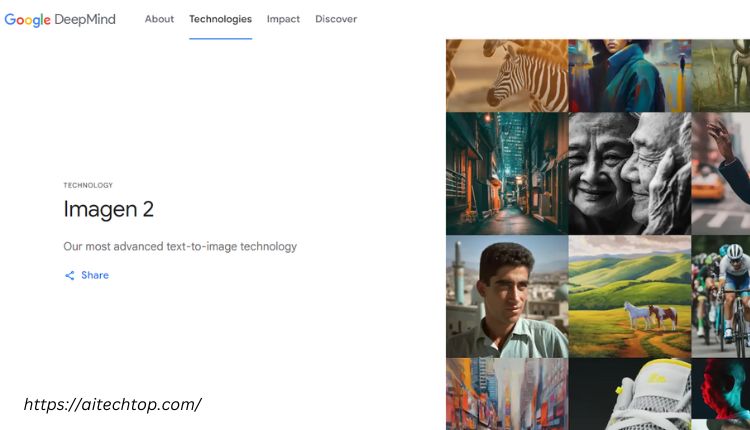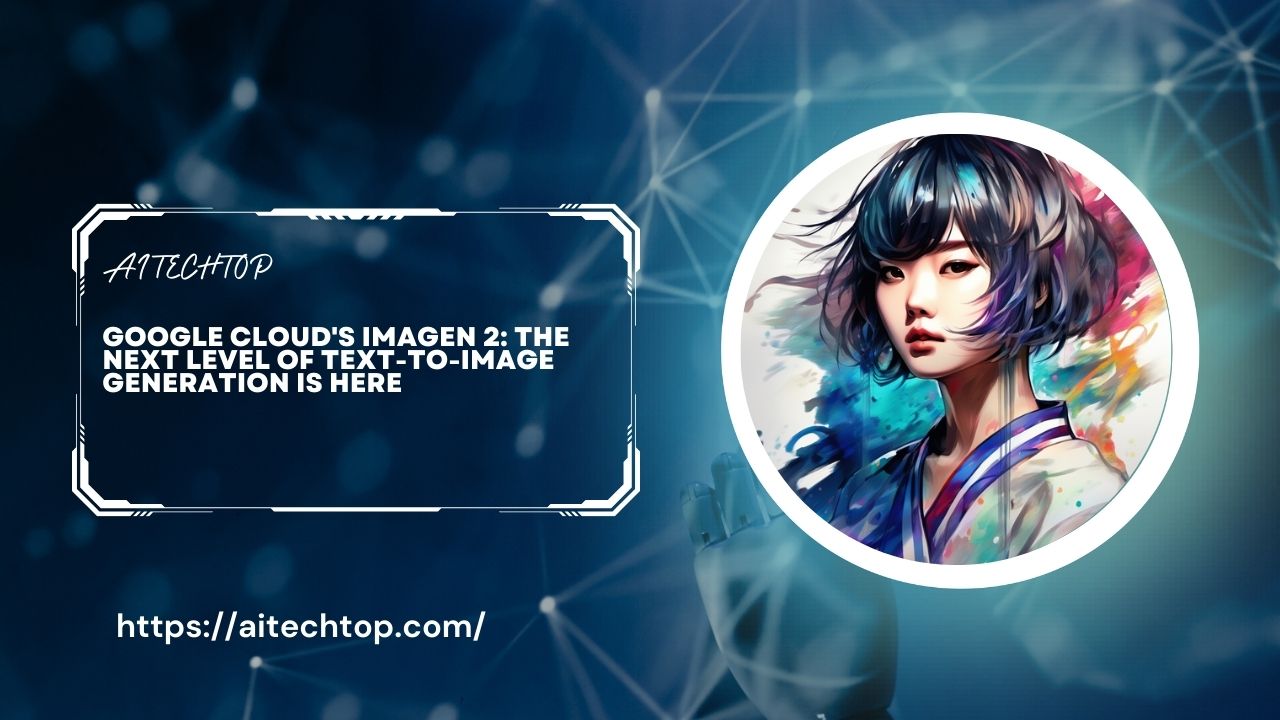Imagen 2 is Google Cloud’s latest and most advanced text-to-image diffusion technology. It represents a significant leap forward in the field, allowing users to create photorealistic images with more control and precision than ever before.
100+ Captivating Midjourney AI Prompts For Artwork
How does Imagen 2 work?
Imagen 2 uses a diffusion model to generate images from text prompts. Diffusion models are a type of generative adversarial network (GAN) that start with a random noise image and gradually add detail until the image matches the text prompt.
Imagen 2 is trained on a massive dataset of text and images. This dataset includes text descriptions of images, as well as the images themselves. This allows Imagen 2 to learn the relationship between text and images, which is essential for generating realistic images.
What are the benefits of Imagen 2?

Imagen 2 offers a number of benefits over previous text-to-image models, including:
- High-quality, photorealistic images: Imagen 2 produces images that are incredibly close to reality. This is due to the model’s ability to learn the natural distribution of images from its training dataset.
- Enhanced text-to-image control: Users have greater control over the generated images with Imagen 2. This includes specifying aspects like composition, lighting, and style through textual prompts.
- Image understanding and editing: Imagen 2 goes beyond simply generating images; it also understands them. This enables users to create descriptive captions and get detailed answers to questions about elements within the image. Furthermore, the ability to edit existing images using text prompts opens up even more creative avenues.
How to Use Reference Photos to Level Up Your Midjourney Creations in 2023
How can Imagen 2 be used?
Imagen 2 can be used for a variety of purposes, including:
Creative applications: Imagen 2 can be used to create realistic images for a variety of creative purposes, such as art, design, and entertainment.
Educational applications: Imagen 2 can be used to create educational images, such as diagrams, illustrations, and simulations.
Commercial applications: Imagen 2 can be used to create marketing images, such as product renders, ads, and packaging.
Is Imagen 2 available to the public?
Imagen 2 is currently available in Google Cloud AI to approved users. Developers and Cloud customers can access the Imagen API to integrate its capabilities into their applications and workflows.
What are the potential risks of Imagen 2?
As with any powerful technology, there are potential risks associated with Imagen 2. These risks include:
- Misinformation: Imagen 2 could be used to create realistic images that are misleading or false.
- Deepfakes: Imagen 2 could be used to create deepfakes, which are videos or audio recordings that have been manipulated to make it appear as if someone is saying or doing something they did not actually say or do.
- Privacy concerns: Imagen 2 could be used to generate images of people without their consent.
Google is aware of these risks and has taken steps to mitigate them. For example, Imagen 2 is integrated with SynthID, a watermarking tool for identifying AI-generated content. This can help to prevent Imagen 2 from being used to create misinformation or deepfakes.
Conclusion: Imagen 2
Imagen 2 represents a significant leap forward in the realm of text-to-image generation, offering unparalleled realism and control. With its diffusion model and extensive training on diverse datasets, Imagen 2 produces high-quality, photorealistic images, empowering users to shape compositions, lighting, and styles through textual prompts.
The model’s proficiency in understanding and editing images expands creative possibilities, making it valuable for artistic, educational, and commercial applications. While its availability in Google Cloud AI ensures accessibility, it is crucial to acknowledge and address potential risks, such as misinformation and privacy concerns, ensuring responsible and ethical use of this cutting-edge technology.
